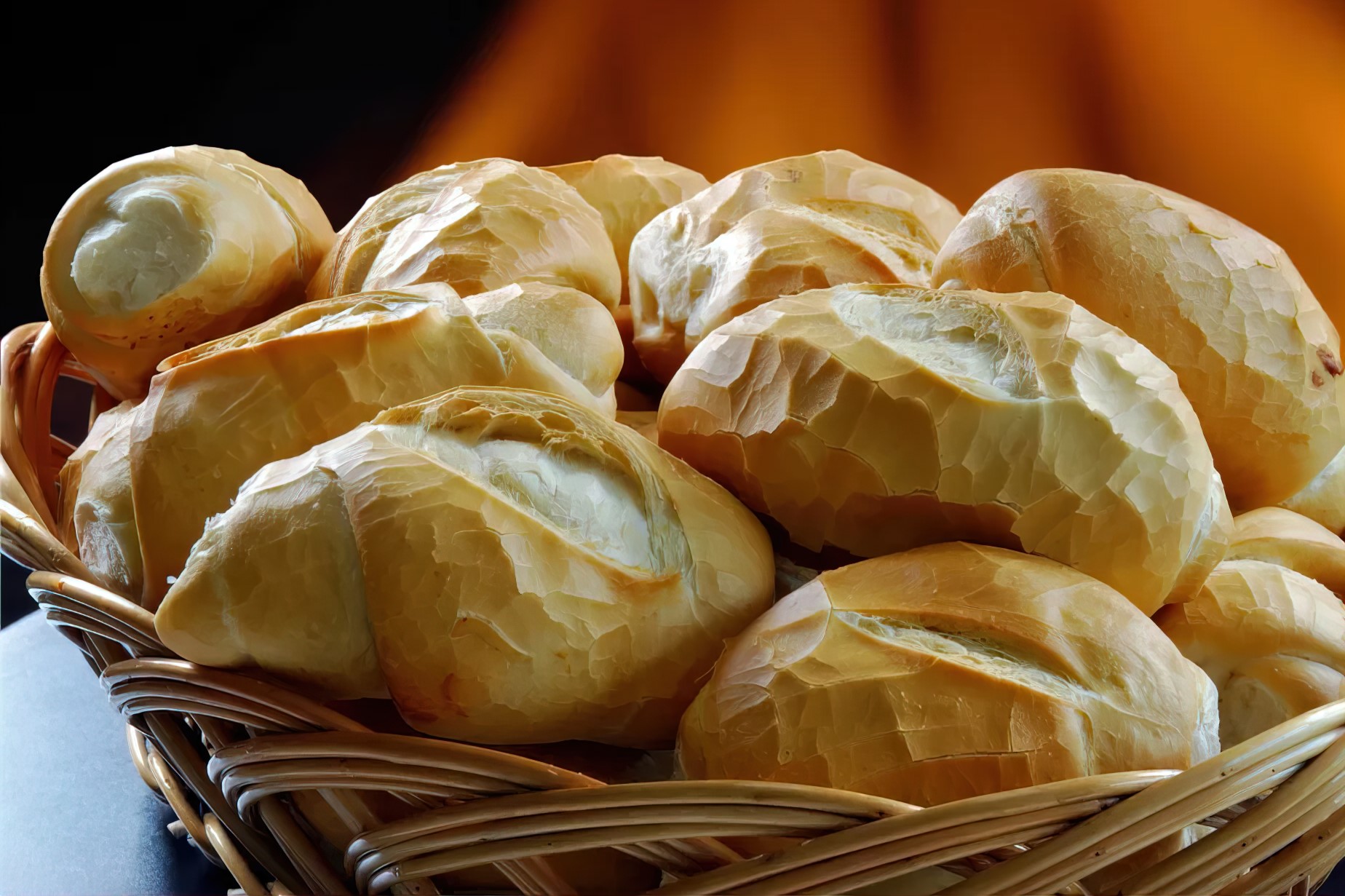The bread most known and consumed by Brazilians is undoubtedly the French Bread. It is part of any Brazilian’s breakfast or afternoon snack. Despite its name, the French bread from our bakeries does not exist in France and, depending on the region of Brazil, it is called by another name.

- FILÃO: It is common to hear this term in bakeries in the interior of the state of São Paulo.
- CACETINHO: The term is used in Rio Grande do Sul and Bahia.
- CARIOQUINHA: This is the name for French bread in Ceará.
- PÃO AGUADO: Term used in bakeries in Paraíba.
- PÃO JACÓ: With or without butter, this is what the bread is called in Sergipe.
- CARECA: In Pará, this type of bread is known as careca.
According to Revista Galileu, French Bread is consumed by 95.7% of people living in the city of São Paulo, according to research conducted in 2019 commissioned by Puratos.
Although it emerged during Colonial Brazil, French bread took time to become popular — initially, it was restricted to the tables of the wealthiest. In the 20th century, when imported white wheat flour became more accessible and the state of São Paulo gained two mills (Matarazzo, founded in the capital in 1900, and Santista, inaugurated in 1905 in Santos), that the little French bread won the hearts and palates of Southeasterners and, later, of all Brazil. A standard French bread contains, in addition to wheat flour, water, yeast, sugar, and vegetable fat — generally, margarine is used. When it comes out of the oven, it should weigh 50 grams.
As for its name, there is more than one possible explanation for it, but the most well-known and popular, according to the journalist, writer, author, and curious baker J.A. Dias Lopes, is the version that relates the name of the little bread to the flour. He says that “during the reign of Louis XIV, France became a major producer of white wheat flour, and this flour came to be called French flour in various places around the world. It is more likely that the name French bread comes from there, from the fact that it is made with this fine and white wheat flour.”
Reference: Revista Galileu – “A história de como o pão francês virou o favorito dos brasileiros”. Brazil, March 18, 2020. Site: revistagalileu.globo.com. Available in: A história de como o pão francês virou o favorito dos brasileiros – Revista Galileu | Curiosidade (globo.com). Accessed on: March 02, 2024.
G1 – ‘’Pão Francês: por que ele tem esse nome se foi criado no Brasil?”. Brazil, March 21, 2023. Site: g1.globo.com. Available in: Pão Francês: por que ele tem esse nome se foi criado no Brasil? – 21/03/2023 – UOL Nossa. Accessed on: March 02, 2023.

Matheus Araújo
Matheus Araújo is the founder and editor of Brazilian History. Born in Rio de Janeiro and holding a degree in Advertising and Marketing, his passion for history led him to enroll at the Federal University of the State of Rio de Janeiro, where he is currently pursuing a degree in History Education.
